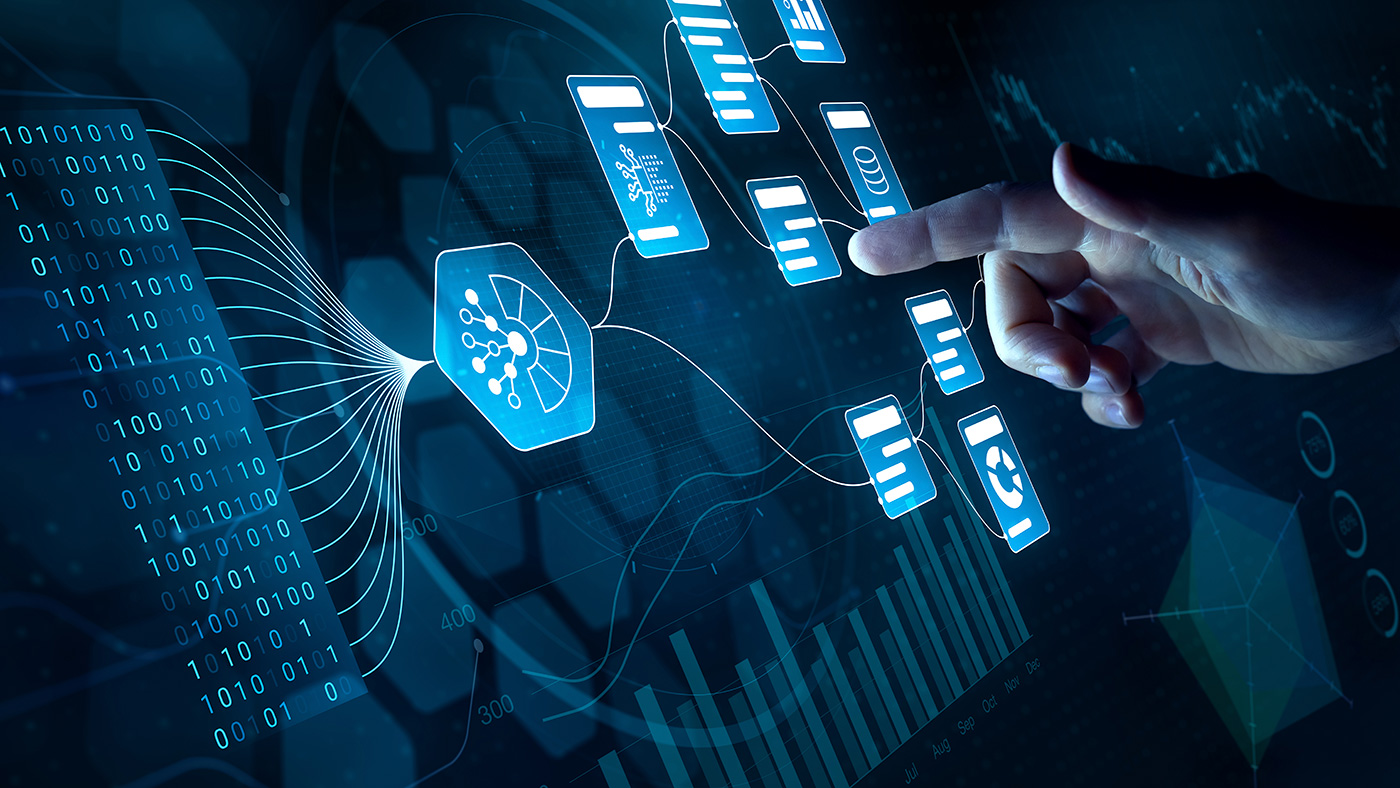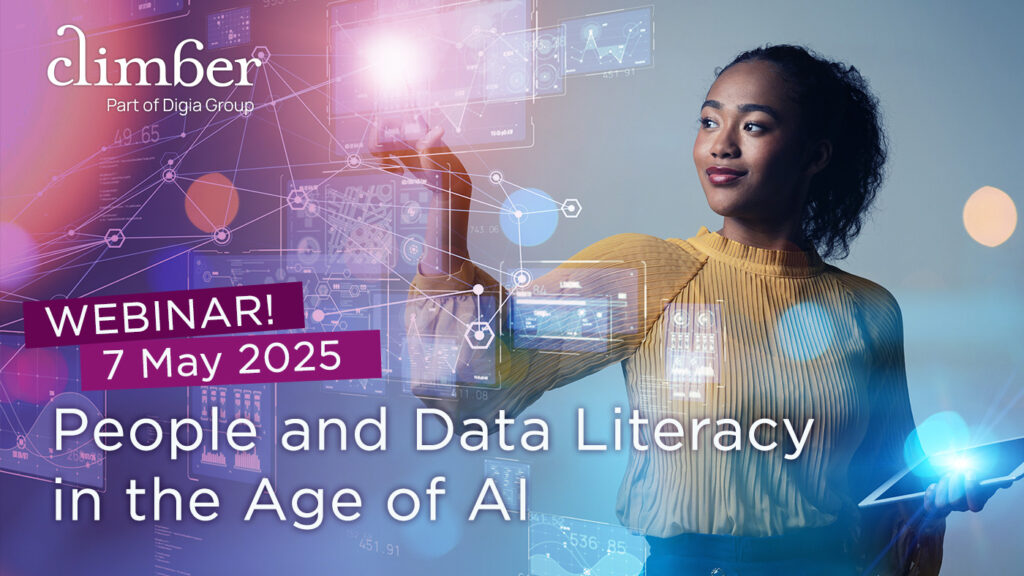
When Should You Choose a Data Integration Process?
You have access to an immense amount of data from various systems. This is raw, unorganised data, stored across multiple platforms. You might have even stored it in a data lake already. But how do you extract meaningful insights from this data to make informed decisions and take strategic actions?
Author: Bas Haarhuis, Sales Manager at Climber.
A Practical Example
Imagine you are a CXO or manager at a wholesale company. You work with multiple suppliers, manage a wide range of products, and oversee a complex supply chain.
To make the right decisions and take appropriate actions, you need insights into:
- Sales trends: Which products are performing well, and which are stagnating?
- Predictive inventory management: How do you ensure timely orders without surplus stock?
- Customer behavior: Which customers are profitable, and which ones are at risk of churning?
- Supply chain efficiency: Where are the bottlenecks and areas of cost inefficiency?
Your data comes from various systems:
- ERP system: For inventory management and procurement
- CRM system: For customer data and sales statistics
- Financial software: For invoicing and cost management
The Challenge
You need actionable insights, but your data is scattered across multiple sources. There is enormous potential within your data that can help you make the right business decisions — whether it’s expanding into the right markets, investing in the right technologies, or hiring the right talent. But how do you transform raw data into valuable insights?
What do you need?
To make the best decisions, you require a consolidated view of your data. This means bringing together all your data sources into a centralised environment where you can perform meaningful analysis. This allows for faster and more well-informed decision-making.
How Data Integration Helps
Data Integration enables the consolidation and structuring of data from multiple sources. This process involves several key steps:
- Extract — Collecting data from various sources such as ERP, CRM, and financial systems.
- Transform — Cleaning, structuring, and enriching data to ensure usability.
- Load — Storing data in a centralised environment like a data warehouse or analytics platform.
- Analysis and Insights — Leveraging BI, AI, and Machine Learning to generate valuable insights.
How to Get Started with Data Integration?
The Data Integration process can be implemented using various tools or even a combination of them. Some examples include Qlik Talend Cloud, Microsoft Azure Data Factory, Fivetran, and Informatica.
But how do you choose the right one? The decision depends on several factors:
- Existing application and IT landscape: What systems are already in use?
- Internal expertise: What knowledge and skills are available within your organisation?
- Data strategy: What is your goal with the data? BI, AI, and Machine Learning applications place different demands on your data.
- Security: What security requirements do you have, and how granular and manageable should it be?
- Costs: What is your budget for data integration and infrastructure?
Developing a well-thought-out data integration strategy is crucial for making a future-proof decision. A poor choice can lead to inefficiencies and high long-term costs. By investing in the right strategies and tools, you can transform both structured and unstructured data into a powerful asset that drives innovation and growth.
Data integration and selecting the right tools to align with your strategy is a complex and costly process. To assist you, we will continue to share insights on data integration in the coming weeks and host multiple webinars in March and April.

WANT TO KNOW MORE? CONTACT US!
Bas Haarhuis
Sales Manager
bas.haarhuis@climber.nl
+31 6 39 46 39 65
Olof Malmström
BI Manager Manufacturing
olof.malmstrom@climber.se
+46 73 443 48 50
News

People and Data Literacy in the age of AI
Welcome to join our webinar on 7th May to learn how to strengthen data literacy within your organisation and build a culture where data and AI support people’s expertise — instead of replacing it.
>> Register now
What’s New in Qlik Cloud – Apr 2025
Qlik continues to roll out a comprehensive set of updates across the platform – from workflow automation, machine learning improvements, charting enhancements, new scripting tools, and expanded global coverage.
>> Read more
Alla vill jobba datadrivet, men gör vi verkligen det?
Att arbeta datadrivet är idag en självklarhet – något som förväntas av de flesta chefer. Men hur många har egentligen fått utbildning i vad det innebär? Vi samlar data och sätter KPI:er, men vet vi verkligen hur vi använder dem för att fatta bättre beslut?
>> Läs mer här!
